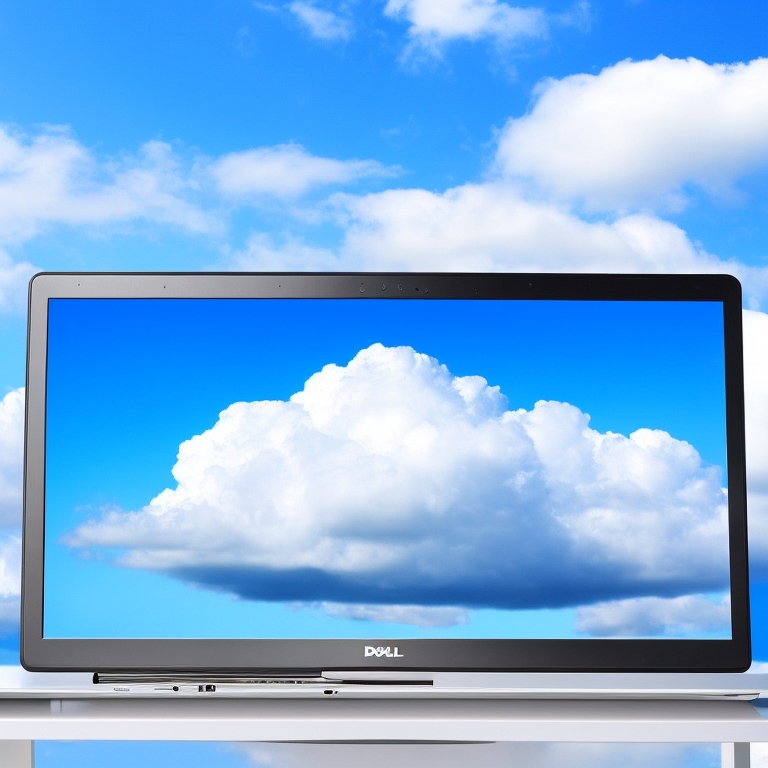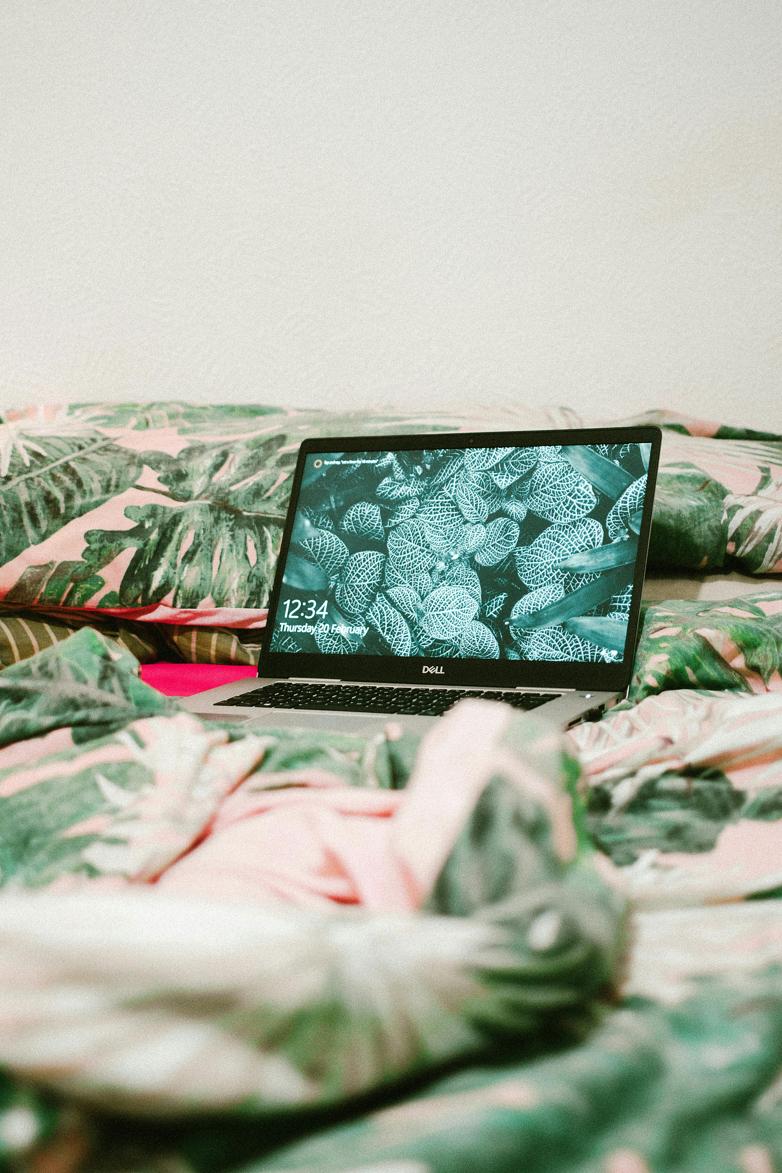How to Screenshot on a Dell Computer
Introduction
Screenshots are invaluable for everything from capturing important information to creating visual guides. If you're using a Dell computer, there are various methods available for capturing your screen efficiently. This guide will explore different techniques and tools for taking screenshots on a Dell computer, providing you with step-by-step instructions for each method, ensuring you can choose the one that best fits your needs.

Using Keyboard Shortcuts
Keyboard shortcuts are a quick and convenient way to take screenshots. Let’s explore the different keyboard shortcuts you can use on your Dell computer to capture images of your screen swiftly.
How to Use Print Screen (PrtScn) Button
The Print Screen (PrtScn) key, usually located on the top row of keyboards, captures a screenshot of your entire screen.
- Press the PrtScn button.
- Open an image editing tool like Paint.
- Press Ctrl + V to paste the screenshot.
- Save the image by choosing File > Save As, and select your desired file format.
Taking Screenshots with Windows + PrtScn
Using Windows + PrtScn not only captures the screen but also saves the image automatically.
- Press Windows + PrtScn simultaneously.
- The screen will dim briefly to indicate a screenshot has been taken.
- Navigate to the default location, usually in Pictures > Screenshots, to find your saved image.
Using Alt + PrtScn for Active Window Screenshots
For capturing only the active window:
- Press Alt + PrtScn.
- Open an image editor (e.g., Paint) and press Ctrl + V to paste.
- Save the image as needed.
Keyboard shortcuts make taking screenshots on a Dell computer efficient, but for more advanced options, let's move on to utilizing built-in tools available in your system.
Utilizing Built-In Tools
Dell computers come with built-in tools that offer greater flexibility than keyboard shortcuts. These tools provide advanced features and customization options for capturing screenshots.
Snipping Tool: Step by Step Guide
The Snipping Tool allows the capture of custom areas on the screen.
- Search for Snipping Tool in the start menu and open it.
- Click on New to start a new snip.
- Drag the cursor to select the part of the screen you want to capture.
- Release the mouse button to take the screenshot.
- Save the screenshot by clicking on the Save Snip icon.
How to Use Snip & Sketch
Snip & Sketch is a newer, improved version of the Snipping Tool.
- Press Windows + Shift + S.
- The screen will darken, and you can select from different snip types at the top of the screen.
- Drag to capture the desired area.
- The screenshot will be copied to your clipboard and displayed in the Snip & Sketch tool for further editing.
- Save the screenshot by clicking on the Save As icon.
Built-in tools offer more customization, but Dell-specific features provide even more options for taking professional screenshots. Let’s look at some Dell-specific capabilities that can further enhance your screenshot experience.
Dell-Specific Features for Screenshots
Dell desktops and laptops often come with specialized software that caters to unique needs, making your screenshot-taking process even more efficient and precise.
Dell PremierColor: Taking Color-Accurate Screenshots
If you're concerned about color accuracy in your screenshots, Dell PremierColor can help.
- Open Dell PremierColor from the start menu.
- Navigate to the Color Management settings.
- Ensure your display profile is set.
- Take your screenshot using any of the previously discussed methods to capture color-accurate images.
Dell Display Manager: Custom Screenshot Parameters
Dell Display Manager allows for custom settings tailored to your display setup.
- Open Dell Display Manager.
- Go to the Easy Arrange tab to customize window layouts.
- Take a screenshot using your preferred method, and it will respect the custom window arrangements set.
While Dell-specific features add unique value, third-party screenshot tools also bring a wealth of functionality for those needing advanced features. Let’s review some popular third-party tools you can leverage for taking screenshots.

Leveraging Third-Party Screenshot Tools
When built-in features don't suffice, third-party tools provide professional-grade options for taking screenshots.
Overview of Popular Tools
Several third-party applications are popular for taking screenshots, including Lightshot, Greenshot, and Snagit. These tools offer various functionalities such as annotations, uploading directly to cloud services, and more.
How to Use Lightshot
Lightshot is a user-friendly tool for quick screenshots.
- Download and install Lightshot.
- Press the PrtScn key.
- Drag to select the area you wish to capture.
- Use the toolbar to annotate or save the image.
- Save the screenshot by clicking on the save icon or upload it to the cloud.
Annotating Screenshots with Greenshot
Greenshot offers extensive annotation tools.
- Download and install Greenshot.
- Press the PrtScn key.
- Select the area you want to capture.
- Use the editor that appears to add annotations such as text, shapes, or highlights.
- Save the image by selecting File > Save As.
These third-party tools make it easy to capture and edit screenshots with additional features. Once you have your perfect screenshot, it's important to know how to save and share them effectively. Let’s look at some best practices for saving and sharing your screenshots.
Save and Share Screenshots
Properly saving and sharing your screenshots ensures they're easily accessible and usable.
Saving Options (File Types and Locations)
Various formats are available for saving screenshots:
- JPEG for standard images.
- PNG for lossless quality.
- GIF for simple graphics.
Save locations can typically be customized but usually default to the Pictures folder.
Sharing Screenshots via Email or Social Media
Sharing your screenshots is straightforward:
- Attach the file in an email.
- Upload directly to social media platforms.
- Use sharing features in third-party tools to send screenshots directly.
These steps ensure your screenshots are not only easy to find but also easy to share. Nevertheless, you might encounter issues while taking screenshots. Here’s how to troubleshoot common problems you may face.
Troubleshooting Common Issues
Occasional technical issues can arise, disrupting your workflow.
Dealing with Non-Functioning Print Screen Button
If the PrtScn button isn't working:
- Ensure your keyboard drivers are updated.
- Check if the key is assigned as a shortcut to another function.
- Restart your computer and try again.
Fixing Issues with Snipping Tool
If the Snipping Tool isn't working correctly:
- Check for updates to your operating system.
- Restart the application.
- Use Snip & Sketch as an alternative.
With these troubleshooting steps, you'll be back to capturing your screen in no time.

Conclusion
Taking screenshots on a Dell computer is a straightforward process with various options to suit different needs. Whether using keyboard shortcuts, built-in tools, or third-party applications, you have all the information needed to capture, save, and share your screen effectively.
Frequently Asked Questions
How can I screenshot just one window on my Dell computer?
Press **Alt + PrtScn** to capture only the active window, then paste it into an image editor.
Why isn't my PrtScn button working?
Ensure your keyboard drivers are up to date and that the key isn't reassigned to another function.
Where are my screenshots saved by default on a Dell computer?
Screenshots are typically saved in the **Pictures > Screenshots** folder by default unless otherwise specified.



